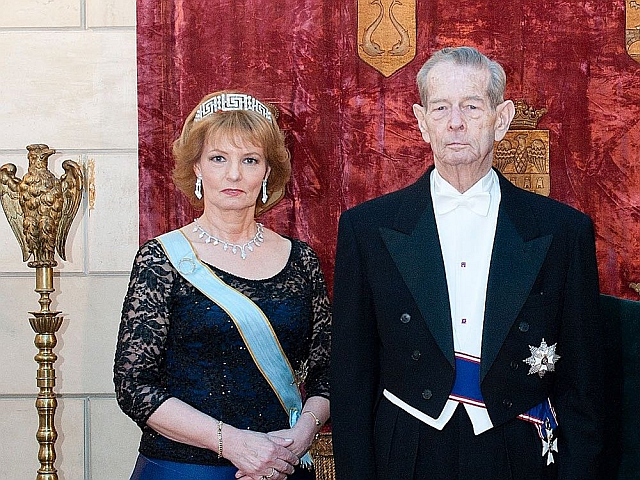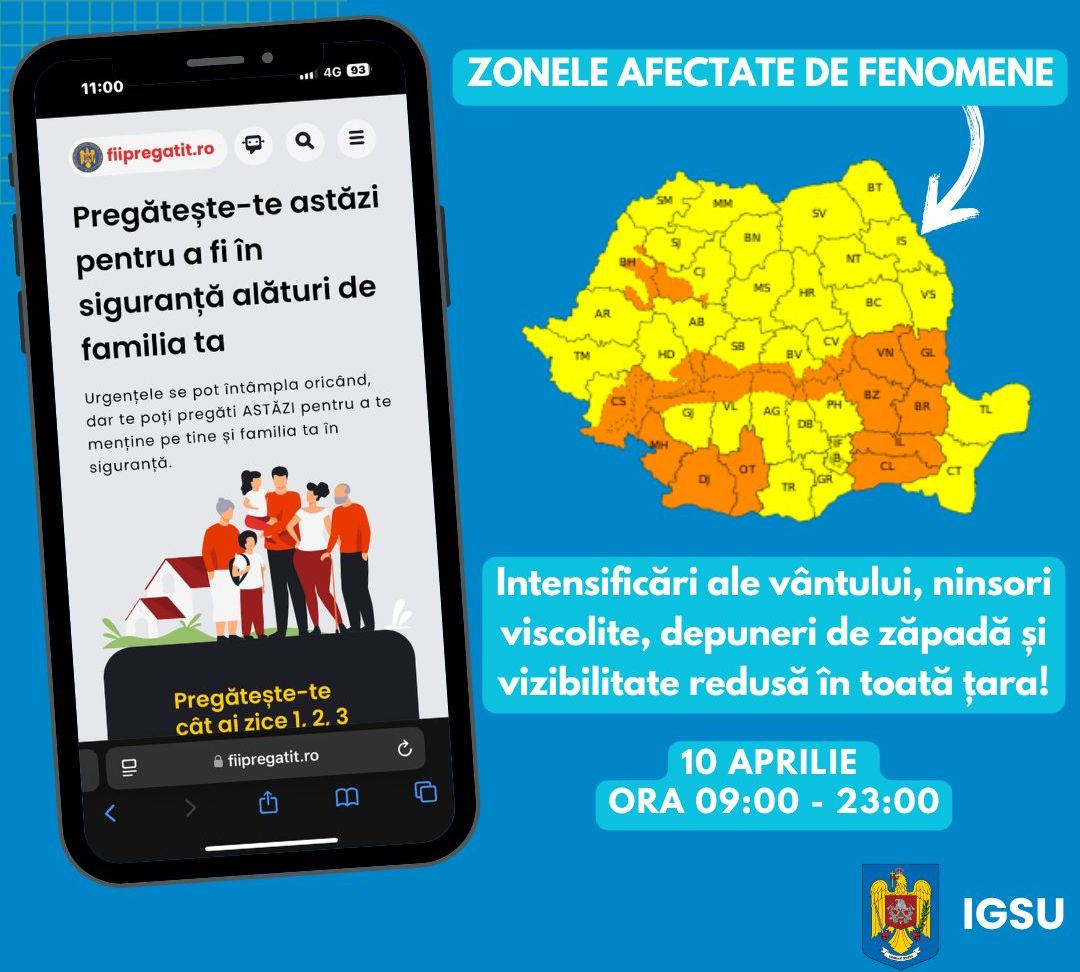150 years since monarchy was established in Romania
May 10th is a national holiday marking 150 years since the reign of Carol I started, his crowning as the first king of Romania and the proclamation of state independence.

România Internațional, 10.05.2016, 13:30
May 10th is the King’s Day, marked as national holiday in Romania starting this year. The day has a multiple significance in the country’s history. This year marks 150 years since Carol of Hohenzollern Sigmaringen was proclaimed Ruling Prince of the United Principalities. On May 10, 1866 he was sworn in as ruler of Romania. His crowning in Bucharest was the outcome of an agreement among the Romanian politicians of the time.
They realized that only a foreign prince could keep away from the fierce rivalry between various political camps in the country and bring along the much needed objectiveness and neutrality. With the approval of the French emperor Napoleon III and of the King of Prussia, Wilhelm I, prince Carol left for Romania in late April 1866. He left Sigmaringen Castle near Dusseldorf and crossed Switzerland and Austria. He reached Turnu Severin by ship and entered Bucharest on May 10, 1866. A 48 year-long reign thus started, the longest in Romania’s history.
May 10 came to be recognized as the National Day and the King’s Day. The years of the Carol I’s reign were some of the best in our country’s history. Those were times of stability and prosperity in Romania, which was consolidated from an economic and political point of view. May 10 has another important significance as Romania’s state independence was proclaimed on that day in 1877. In Parliament, the opposition waited for the government’s response to a request related to the army. In his speech, the then foreign minister, Mihail Kogalniceanu uttered the famous words: “We are independent, we are a self-reliant nation”.
Then, Parliament unanimously voted a resolution proclaiming the country’s independence. On May 10, 1877, all the MPs went to the Royal Palace and ruler Carol agreed to the proclamation of Romania’s independence. Four years later, also on May 10, Romania became Kingdom, thus joining the European family of monarchies. The proclamation of the Kingdom of Romania meant a lot, because the country thus got an equal status among the other European states.
Carol I was the first monarch of the Hohenzollern-Sigmaringen dynasty, which starting with King Ferdinand I became the Royal House of Romania, a dynasty that would rule the country through Carol II and his son, Mihai I. The celebration of May 10 was for the first time banned by the German occupation in 1917 and the second time by the communist regime, after the forced abdication of King Mihai I in 1947. The communists hijacked this great holiday, deliberately erasing it from the collective memory through propaganda specific to the totalitarian regime. Nowadays, King’s Day has been restored to its due place in history, being marked by various events taking place all across Romania these days.
(Translated by A.M. Palcu)






























